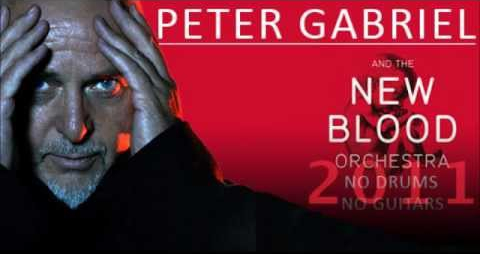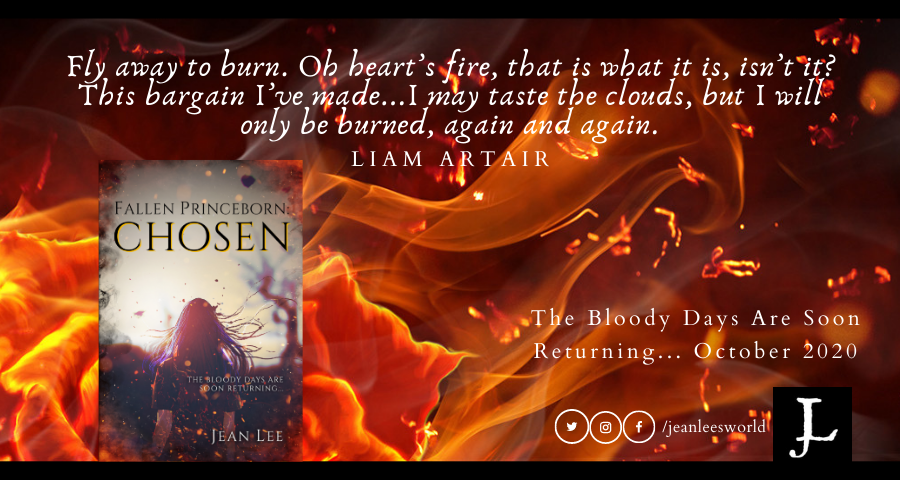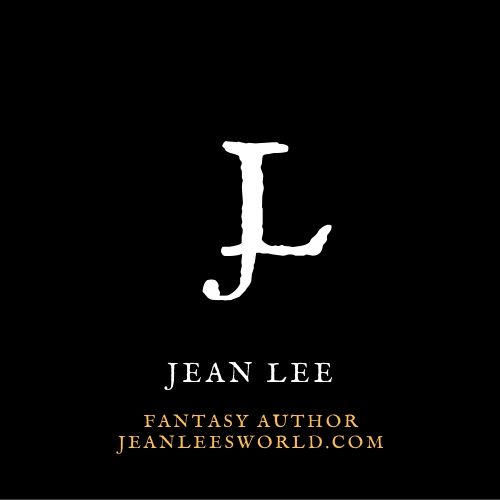
Part 3: I Despised You Three Chapters Ago, But NOW…
As I said in my preface post a week or so ago, Deep Secret utilizes a romance arc we often see in stories and films: the terrible first impression (cue the trombone) that ends in happy love (cue the strings).
Thankfully, the story is so, SO much more than this. The romance arc is one of many character/conflict arcs in the novel, all of which weave beneath not one but TWO quest problems for the male protagonist Rupert: to find a new Magid (one who uses magic to keep the multiverse moving in the right direction) for Earth, and to find the heir for a nasty chunk of worlds called the Koryfonic Empire. While Jones tells the story with three different points of view, Rupert’s is the dominant, so readers tend to feel from his angle.
Now, to follow my “traditional” lovey-dovey arc points:
Who-The-Heck-Are-You. The female protagonist Maree is one of five candidates Rupert’s been recommended to interview for a new Magid. He is most eager to find her because a) she’s the only candidate in his country and b) she’s just a touch younger than him. He imagines her to be pretty, smart, and free to attach to him.
The search does not bode well. He first meets Maree’s mother, who sums him up in one look: “You think too well of yourself…. Posh accent, shiny shoes, expensive raincoat, not a hairout of place—oh, I can see well enough why you let her down…Let me tell you, if I’d seen you when she first took up with you, I’d have warned her. Never trust a cravat, I’d have told her. Nor a mac with lots of little straps and buttons. Clothes always tell” (p.22-23). Rupert blows her off, though he does throw the cravat in the fire when he gets home. Rupert continues to build up an amorous vision of Maree from what he learns of her— someone who’s strong and capable with talents she doesn’t know she has. And then he meets her.
After a long car chase he finds her dancing in the middle of a street in deadlocked traffic: “She was a small, unlovely woman in glasses, with a figure like a sack of straw with a string tied round it. And she danced. She bent her knees, she hopped, she cavorted. Her ragbag skirt swirled, her untidy hair flew and her spectacles slid on her barely-existent nose” (p.61). All amorous ideas vanish. He is angry. He refuses to have anything to do with her despite her talents. In fact, he continues to be angry for several days, and in this anger, prepares the fatelines of the other candidates so he can interview them all at once during a fantasy/sci-fi convention.
When we first read from Maree’s perspective, we learn she’s crossed in love—that is, horribly depressed after a bad break-up. She has no money and battles her aunt over everything. When she receives a letter from someone calling himself a lawyer, her hopes lift that good change is coming. And then she meets him.
After a battle with the aunt over Nick (the third perspective in the story), Maree and Nick drive off into town and find themselves in an unlucky situation. To break the bad luck they do their Witchy Dance in the middle of the road. Someone steps out to confront them: Rupert, the supposed lawyer: “Oh he was angry. I looked at him. I looked at his great silver car and then back at him. He was a total prat. He had a long head with smooth, smooth hair, gold-rimmed glasses, a white strappy mac and a suit, for heaven’s sake! And instead of a tie he had one of those fancy silk cravat things” (p.90).
Memorable first impressions, to say the least.
I-Can’t-Stand-You. Rupert is so enraged Maree didn’t fulfill his romantic expectations that he works magic to ensure she can’t be near the convention where he’ll interview other Magid candidates. He is determined not to see her again, or think of her again—except anger has its own magic, too, and his dwelling on Maree causes her fateline to be entwined with the other candidates’. He sees her at the convention, and she sees him, and they are equally horrified: “[his] face was just turning away from me with much the same horror on it that I was feeling, seeing him” (p.130).
And yet, already, feelings begin to shift, just a touch. When we get this horror-face-trade from Rupert’s perspective, we also know he observes a change in Maree: “…she had neatened up considerably from the witchy bag-lady I had encountered in Bristol…She looked almost human. I watched Rick Corrie dart up to her…I got the impression he fancied the woman in his shy way. There is no accounting for taste” (p.140). Why should Rupert care if someone took an interest in a girl he loathed mere days ago? But Rupert does care, and by the following morning his intrigue over Nick’s bizarre morning routine (read the book just for this bit—BRILLIANT) leads to calmer talk between the two, and later in the day Maree and Rupert manage a civil conversation. Each notices things about the other, but none of these are worth discussing when there’s an injured centaur on the loose.
Wow-That-Was-Surprisingly-Impressive. When Maree tells Nick Rupert creates computer games (every Magid needs a cover life), Nick goes bonkers and insists she make introductions. They spot Rupert, try to catch up to Rupert…and end up hiking through worlds instead as they follow him. They are impressed with magic and Rupert’s Magid life, but they don’t get a chance to share this as Rupert’s too livid with them for following him unprotected.
Not long after an injured centaur leaps out of one world and into Earth’s—right in front of a car. Rupert, Nick, and Maree get the centaur out of sight, and Maree, being a vet student, takes it on herself to stitch the centaur up. She is professional, calm, and collected; she even clips her talon-nails (growing since the break-up) in order to do the stitching properly.
“Come along! Barked Maree, disposing of her last fingernail. Snip!
“Yes’m,” I said.
She caught my eye and grinned at me. “Sorry.” In the bathroom, she confided in a whisper, “This is the first time I’ve done anything like this. I’m nervous.”
“You could have fooled me!” I said. She pushed her glasses up and gave me a proper smile at that. It made me as warm as the flush on [the centaur]’s face. I began to feel that it was worth being volunteered, if it meant that Maree was starting to approve of me a little. (p.203)
I’m-Jealous-When-You-Fraternize-With-Others-But-Don’t-Know-Why. Yes, Rupert has officially taken a liking to Maree. He admits as much to readers after their first casual talk ends—“…she disappeared while I was flagging down Kornelius Punt, and I hardly knew whether I was relieved or aggrieved” (p.157). When Punt talks to Rupert about hitting on Maree, Rupert finds himself angry, mortified…and more and more preferring Maree to the other Magid candidates.
Don’t-Risk-Your-Life-I-Love-You-Shoot-I-Forgot-To-Say-That-Out-Loud. Back in the Koryfonic Empire Rupert discovers more murder and trouble with some potential heirs. He also finds Nick and Maree, who were lured in by the injured centaur. Nick’s mother (who is evil on so many levels) opens an inter-world portal through Maree, stripping her, and leaving her half-dead. Rupert carries Maree to his car to drive back to earth: “It was no trouble to lift her. Her body weight was exactly half what it should have been. I stood up with her easily and was puzzled to discover that holding her like this, light, limp, and frost cold, was one of the most sexual experiences I have ever had. I also had to fight myself not to cry” (p.238).
One thing can save Maree, but it is a Deep Secret: a hidden knowledge so powerful it is broken and divided among the Magids so that no one has too much for him/herself. Rupert knows the Deep Secret of Babylon could save Maree, but how many verses of the knowledge were out there to get? One can’t call up a deep secret without knowing how to use it. All the while Maree’s half-presence lay before him: “Feelings I had been carefully trying not to admit to blocked my throat and tore at my chest. It was a dry, strong, physical ache, as if someone had forced me full of little broken pieces of concrete” (p.251). In the end Nick screams something Rupert now feels, too: “I wasn’t alive until Maree came to live with us! She makes that kind of difference—she’s that kind of person!” (p.252).
Using Babylon takes a long time, and requires other Magids to fight off curses and evil Koryfonic folk while Rupert stands guard to the opened Deep Secret. The Babylon secret involves a road into a world NO one, not even those who control the Magids, can find, and Maree must walk, half-dead as she is, that entire road and back. Rupert desperately wants to go with her, but knows he can’t because he must keep the portal to the road open. Nick goes with her, and gladly. Rupert spends the hours dwelling on everyone and everything, but most of all on Maree. He contemplates how unhappy she was, yet she “thrust her way beyond with angry fingernails…I hoped her life would be better now. I ached to let her have something better. I wanted her to come back more than I have ever wanted anything. Ever” (p.300).
Let’s-Spend-Forever-Together. An excellent twist here on Jones’ part. Maree does return from Babylon, in full health, but more, too—she is back in the same garb and with the same spiked nails as she had when she danced in traffic and infuriated Rupert. These two get a chance so few of us could ever hope to get: a second chance at a first impression.
A small, small measure of the change was that she now looked good in her woeful old garments. She looked astonishingly good.
As I saw all this, Maree looked up and saw me. A look I had not seen before—one of pure delight—filled her face. I don’t think she had ever been truly happy in her life before. Now she was, because she had seen me.
…
Maree’s face was a glowing heart-shape of pleasure. She looked up at me and said, “Really?”
“Yes,” I said. “Really.”
At this, she stepped back a bit and pushed at her glasses in her combat-manner. “I’m not a very good investment,” she said, with that sob in her voice. I had missed that sob. “I warn you.”
“Neither am I,” I said. “Wait till I tell you.” (p.316)
There’s still angry Koryfonic people with thorns and lasers to deal with, but this is where the romantic arc ends.
Why did I find this a satisfying love story? More than anything, I think it was because Maree and Rupert were so, well, human. They were not perfect physically, emotionally, or mentally. Their flaws stood out prominently at first, because sometimes what we consider shows of strength (Rupert’s fine garb, Maree’s spiked nails) are really charades to cover the real feeling: loneliness, or bitterness. Like any relationship, we have to see more than just the lion’s mane and fancy raincoat. We have to SEE the strength, the knowledge, the determination. The humor, the selflessness. It’s all there. But it is NOT always tucked inside a Standard Pretty Person hidden beneath a temporary shroud of frumpiness. We love, and that love brings out beauty in the other that no one else will likely ever see. That’s part of what makes love so amazing. Let’s try to remember that as writers, too. Pretty’s nice, Beautiful’s de-wonderful, but Love, True Love, gives any character that deliciously secret view of another that sets readers’ hearts and imaginations alight.
Click here for more on DEEP SECRET.
Click here for more on Diana Wynne Jones.







